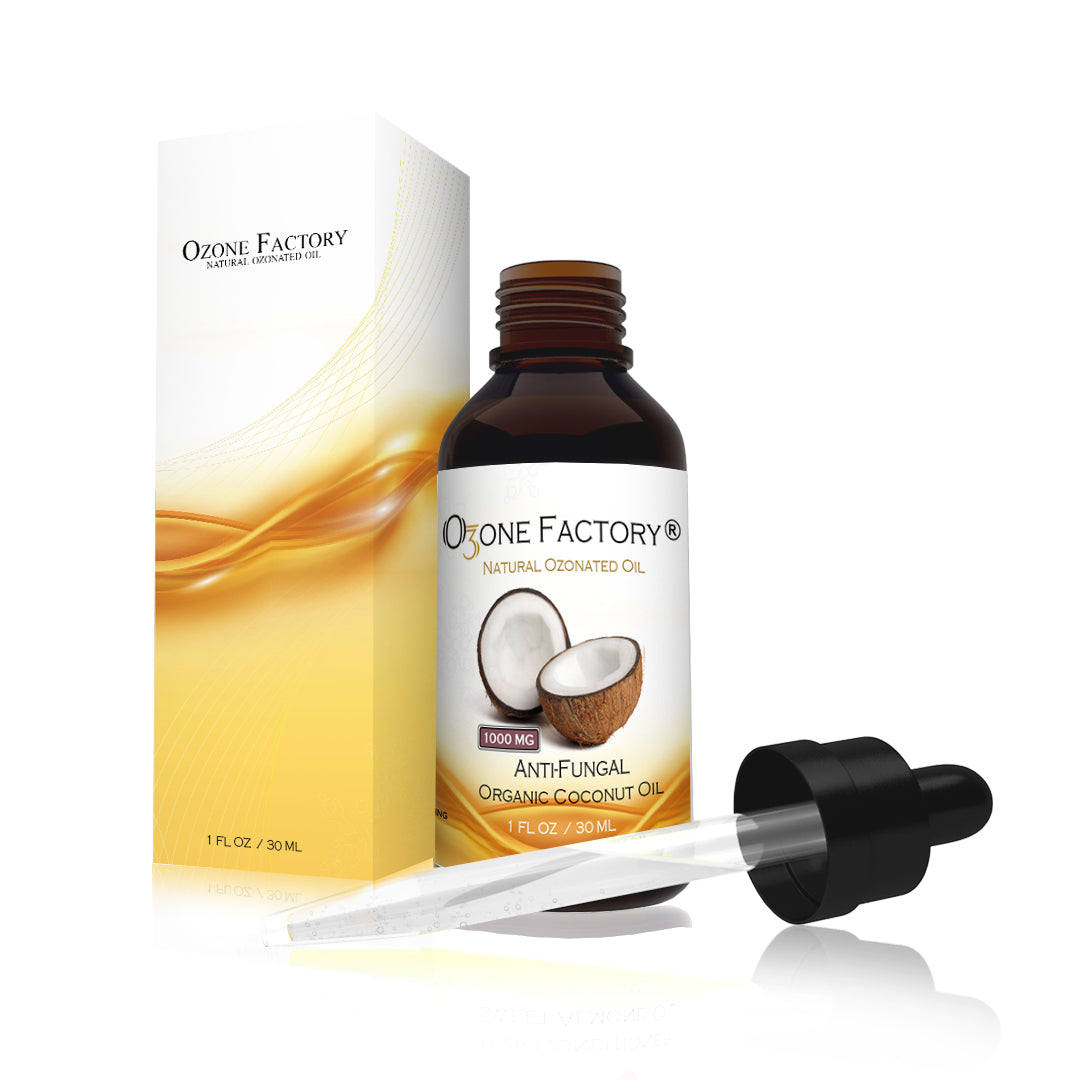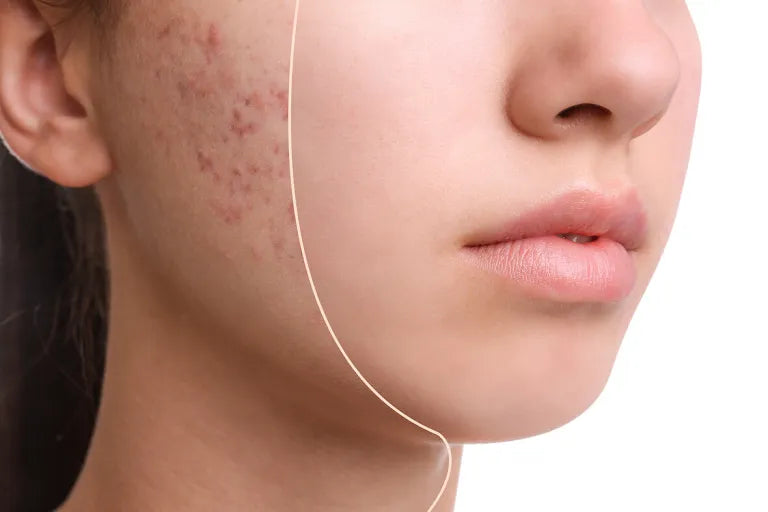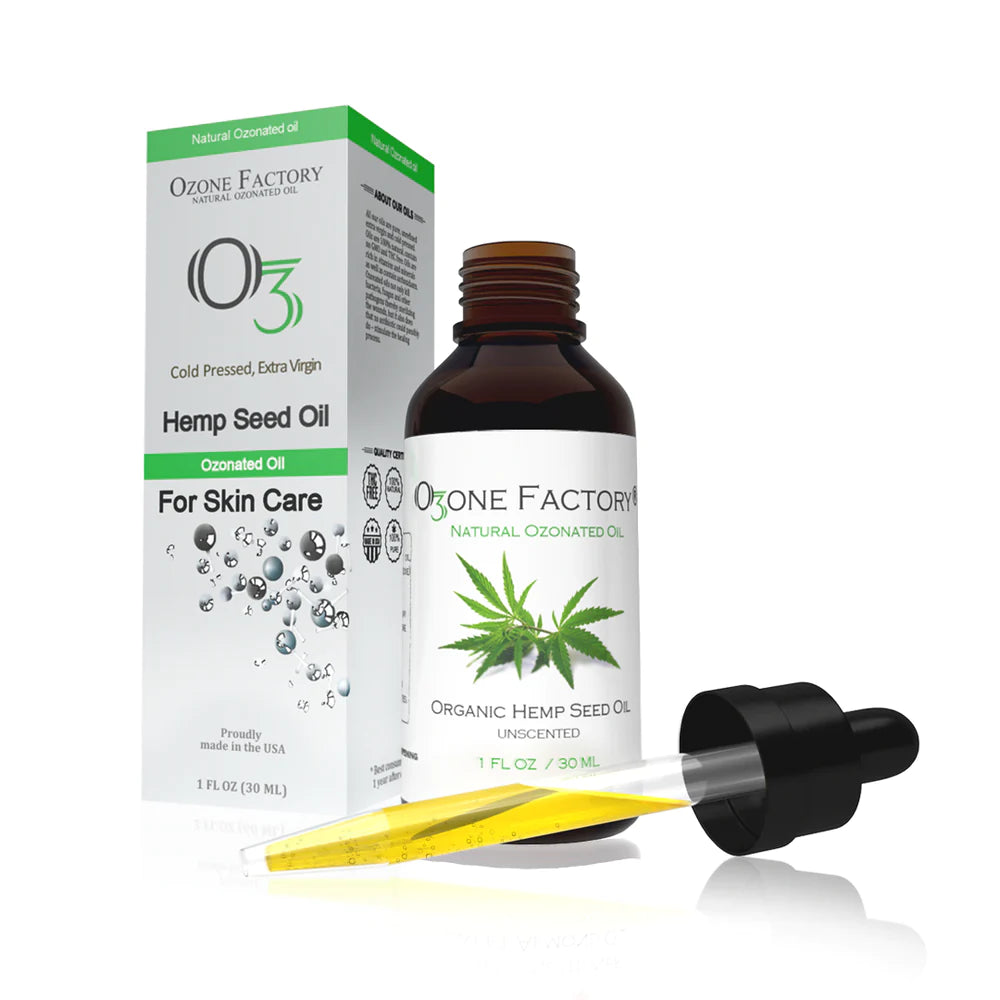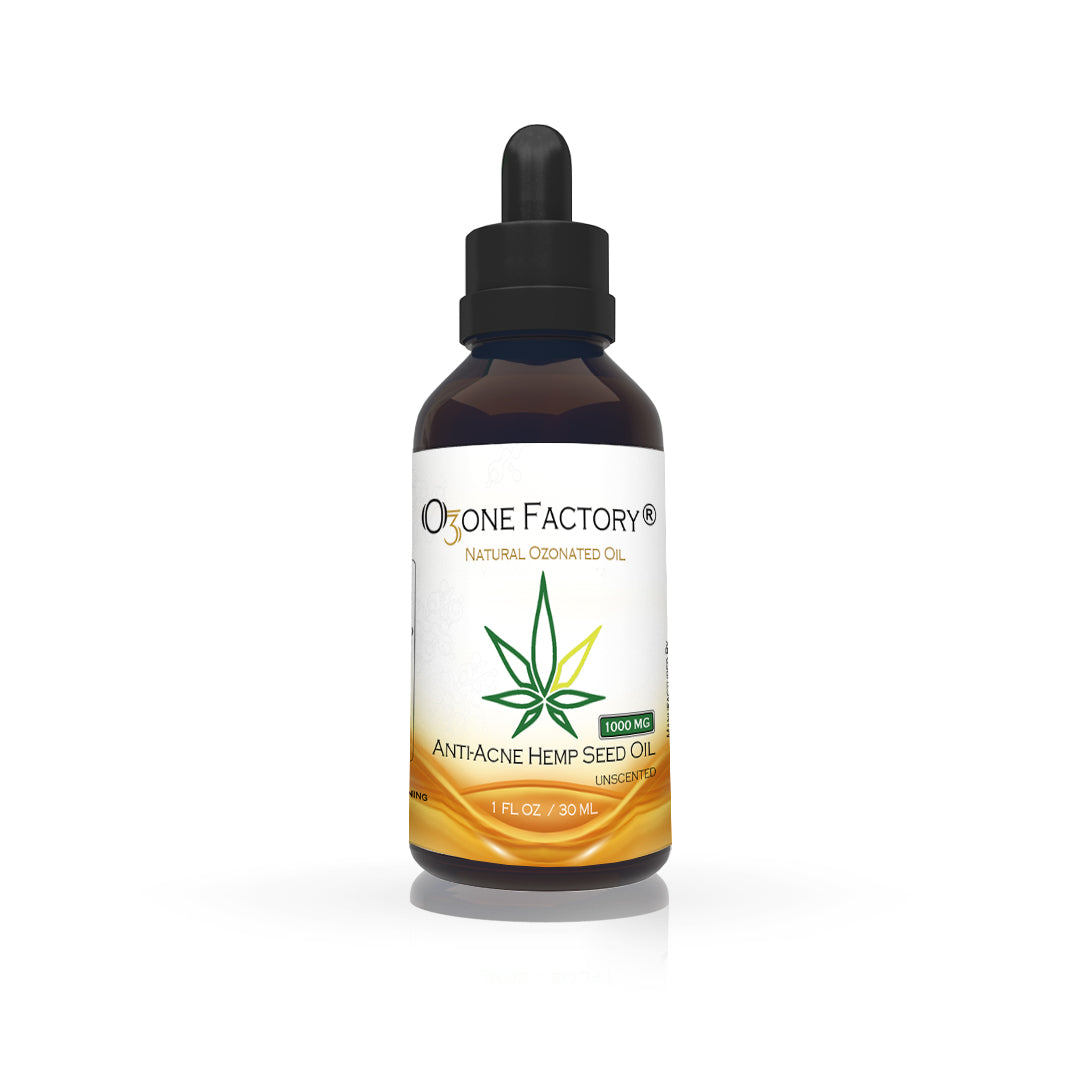
Conventional medicine only recognizes localized candida infections. This would include diagnoses such as oral candidiasis or thrush, or vaginal yeast infections. Systemic candida infections with growth of fungus in the blood only occurs in the severely immunocompromised. The complex of symptoms described above is not from infection in the blood, but rather from the effects of toxins released by candida into the blood.
Chronic candida symptoms
While the list of chronic candida symptoms above is common, what I see most frequently in my patients is a complaint focused on the gastrointestinal tract. Usually chronic candida patients seek natural treatment for long-standing abdominal bloating, flatulence, discomfort, and frequent foul stools. The symptoms may have been a gradual onset or have come after a course of antibiotics. When questioning the patients, other chronic candida symptoms of brain fog, muscle aches, sugar cravings, and fatigue are confirmed.
Chronic candida test
Conventional diagnoses are ruled out first. For example, if a patient has a main complaint of gastrointestinal bloating after the smallest meals, gas, fatigue, other diagnoses such as non-ulcer dyspepsia, Helicobacter pylori infection, food sensitivities or allergies are considered as well. Further, the multi-system symtoms of chronic candida infection mean that other conditions that can also cause multi-system symptoms need to be considered:
- adrenal fatigue
- chronic lyme infection
- hypothyroidism
- food sensitivities
- chronic toxicity or increase body burden of toxins
There are some diagnostic procedures that can be helpful as a chronic candida test:
Chronic candida tests:
allergy IgG and IgE: this test looks for antibodies against candida. It confirms both exposure (common) and allergy (less common). If the levels are very high, it may indicate that allergy to candida is the main problem, as opposed to candida infection or a problem with the candida toxins. In this case, desensitization may be an option.
stool testing: this can be key. I often will get a stool microbiology and often a microbiology with check for parasites from a lab that not only cultures for disease causing bacteria, but for ALL the bacteria in the stool. This helps to ascertain whether chronic candida infection is partly due to a lack of probiotics such as lactobacillus, which makes an acidic environment in which candida does not grow. Even patients who take the best probiotics may be lacking in the stool culture, perhaps because other bacteria (or candida!) identified must be cleared first.
candida spit test: this test was brought to the attention of me by a few of my chronic candida patients. I have never seen or recommended it, but it does seem to correlate, in that patients who have positive stool cultures or allergy/immunology tests often have positive candida spit tests.
intestinal hyperpermeability: for patients who seem to develop more and more food allergies, and yet have a negative candida stool test, this can be informative. Candida causes the gut to be more leaky, allowing larger proteins to be exposed to the blood, causing more food allergies. While there can be many causes of intestinal hyperpermeability, candida infection is a common one.
food allergy panel patterns in a food allergy blood test panel: often we will run a panel of 300 foods to see what patients are allergic or sensitive to. We test for antibodies to these foods in the blood. Some patients will react to EVERY food and more so to the foods that they commonly eat. This is usually a sign of intestinal hyperpermeability, and seems to improve with chronic candida treatment.
cytokine testing (immune chemicals that cause inflammation): I find this candida test to be the most useful, though it is not limited to chronic candida. A baseline test of cytokines is done on the patients blood, to see what the overall level of inflammation is, and what type of inflammation is present. Toxins from mold tend to cause a very specific type of inflammation. White blood cells are then stimulated with candida, or with a generic bacterial, viral, or fungal mix. Usually there is a large spike in the cytokines for one type of infection, which would only happen in current, persistent infections. This confirms the diagnosis for me and allows me to effectively tailor antimicrobial and anti-inflammatory treatments, while giving all the supportive treatment possible.
Chronic candida natural treatment
First, hormones, sleep and diet (not a strict candida diet!) are corrected. This may include thyroid, adrenal, or sex hormones. Candida natural treatment then consists of:
diet - sugar free, but not a typical restrictive candida diet
fluconazole / nystatin / sporanox (itraconazole) prescriptions
Gastrointestinal flora correction per stool microbiology
ozone BEST for infections that the immune system still has a chance of clearing, usually 8-10 treatments.
For thrush, the most effective application is that of the ozonated oil. Addressing the area infected with thrush by swabbing with a cloth saturated in ozonated oil is an effective way to reduce the indications and prevalence of the infection. For mother’s who may be experiencing a rash on the nipple from breast feeding a child infected with thrush, ozonated oil will simultaneously moisturize and sooth the rash and balance the excess candida.

Antimicrobial activity of ozonated oil on C. albicans and E. faecalis in root canals
In 2008 a group of researchers(Marcelo Gonçalves Cardoso, PhD,a Luciane Dias de Oliveira, PhD,b Cristiane Yumi Koga-Ito, PhD,b and Antonio Olavo Cardoso Jorge, PhD,b Taubaté and São José dos Campos UNIVERSITY OF TAUBATÉ AND SÃO PAULO STATE UNIVERSITY) conducted a study in which they researched effectiveness of ozonated oil on Candida albicans, Enterococcus faecalis, and endotoxins in root canals.
Their conclusion was next:
Within the limits of this study, it could be concluded that the ozonated oil, as irrigant agent, significantly reduced the number of C. albicans and E. faecalis in root canals. Although significant reduction in the first sampling was observed, increase of the microbial counts at the second sampling occurred, suggesting no residual effect of ozonated oil.








I have started a business dealing w ozone therapies. I have no website yet as am trying to get my ozone blast segment for flu and mold. I also make ozonated oil and ozonated water and ice. I love your website and realize you have an obsession like me about the health benefits of ozone.
What kind of oil to use and how? Internal?
Thanks for this post, it was very helpful. I was wondering what kind of ozonated oil will work as treatment?.. Can one use coconut perhaps?